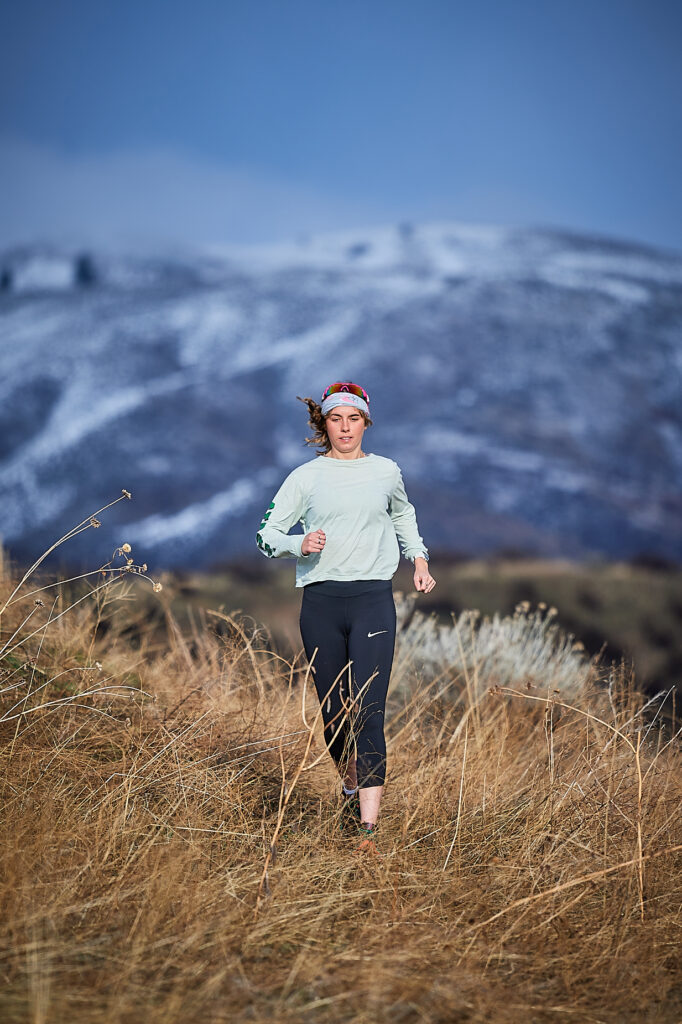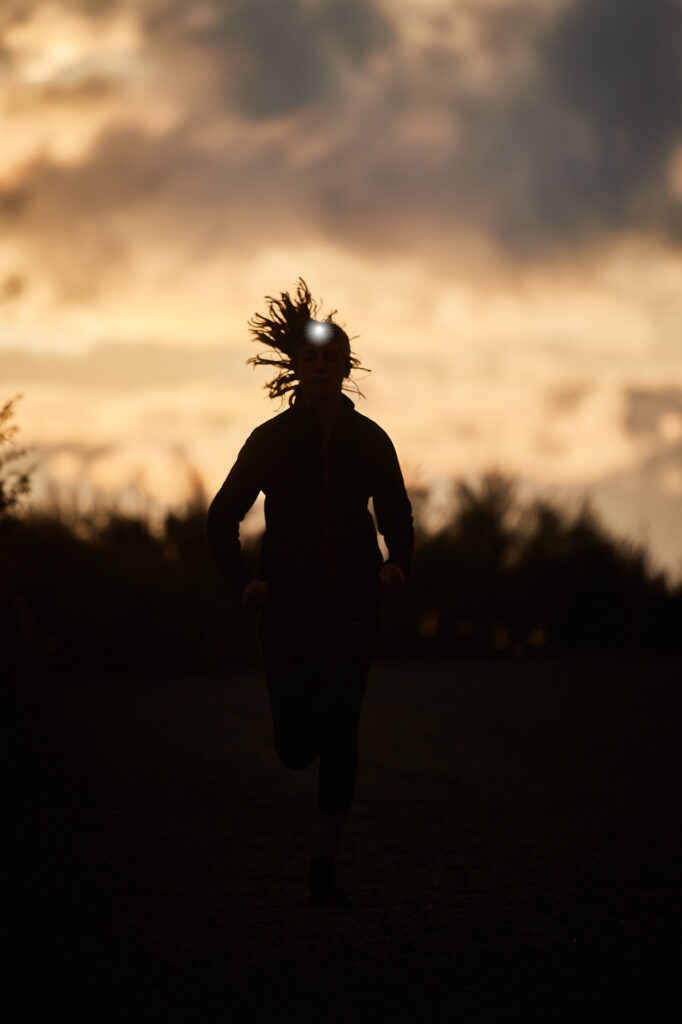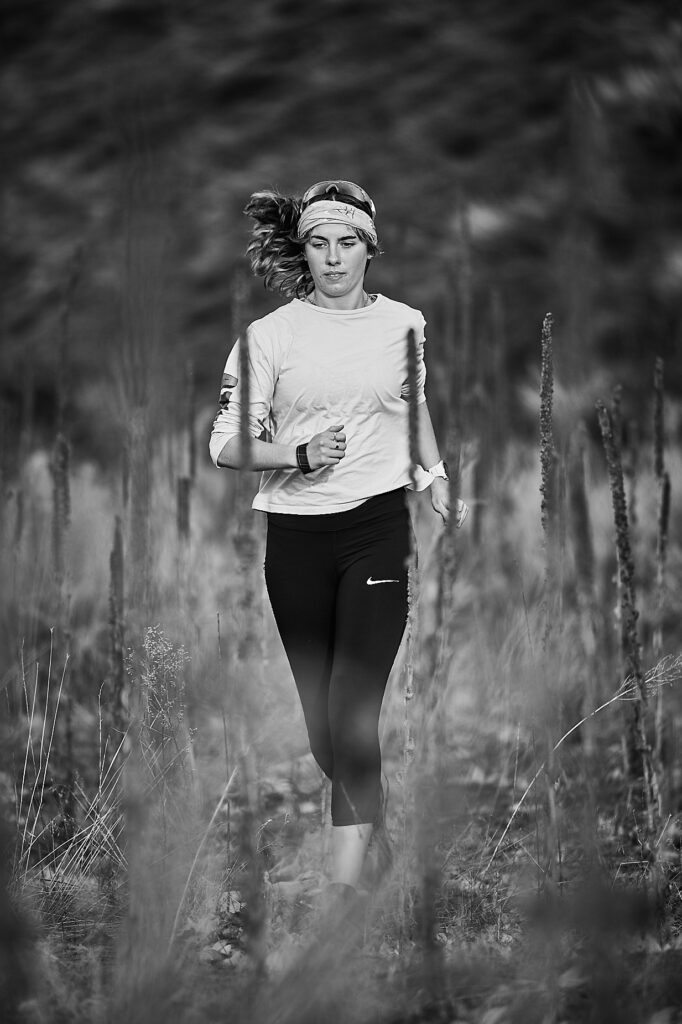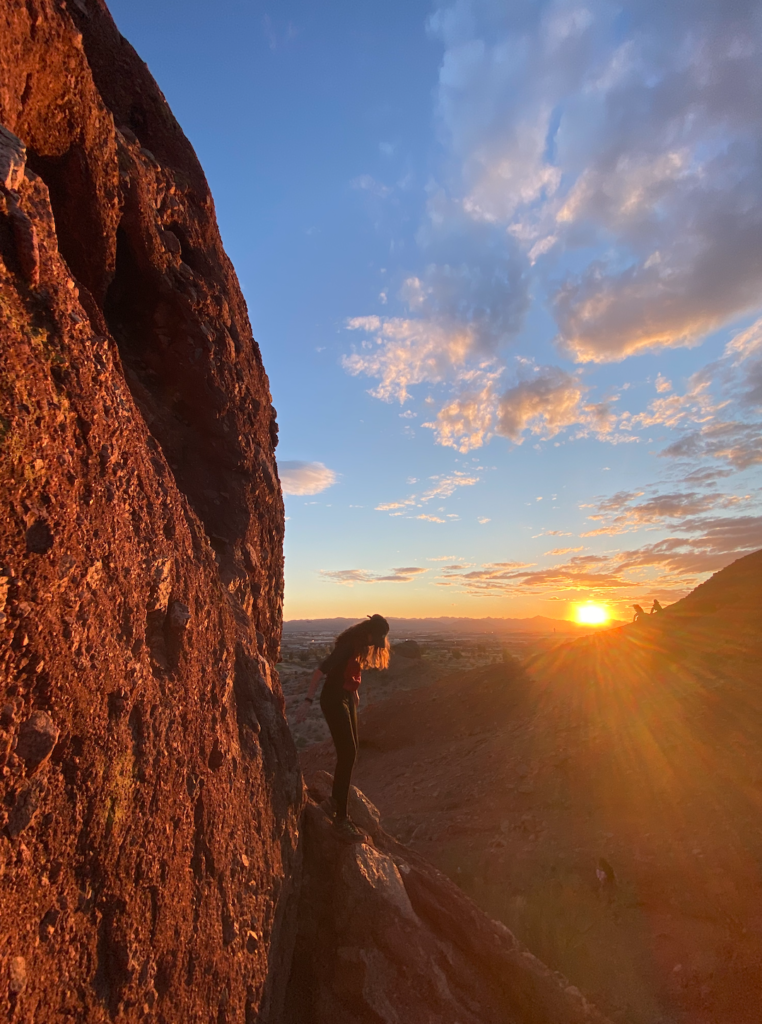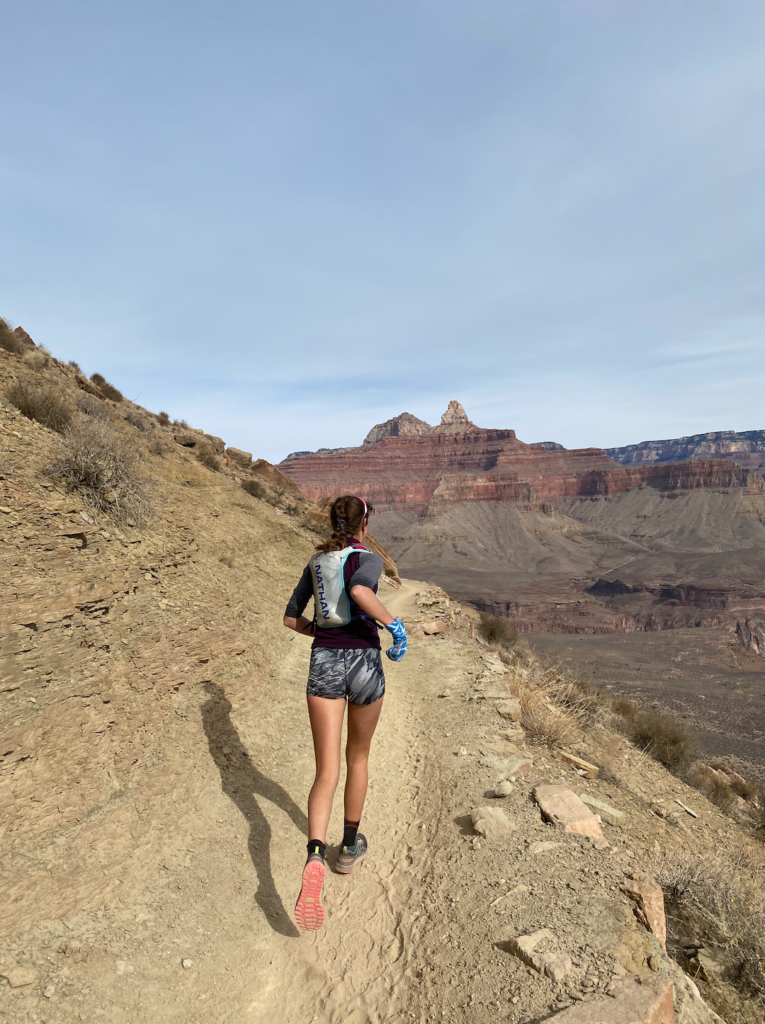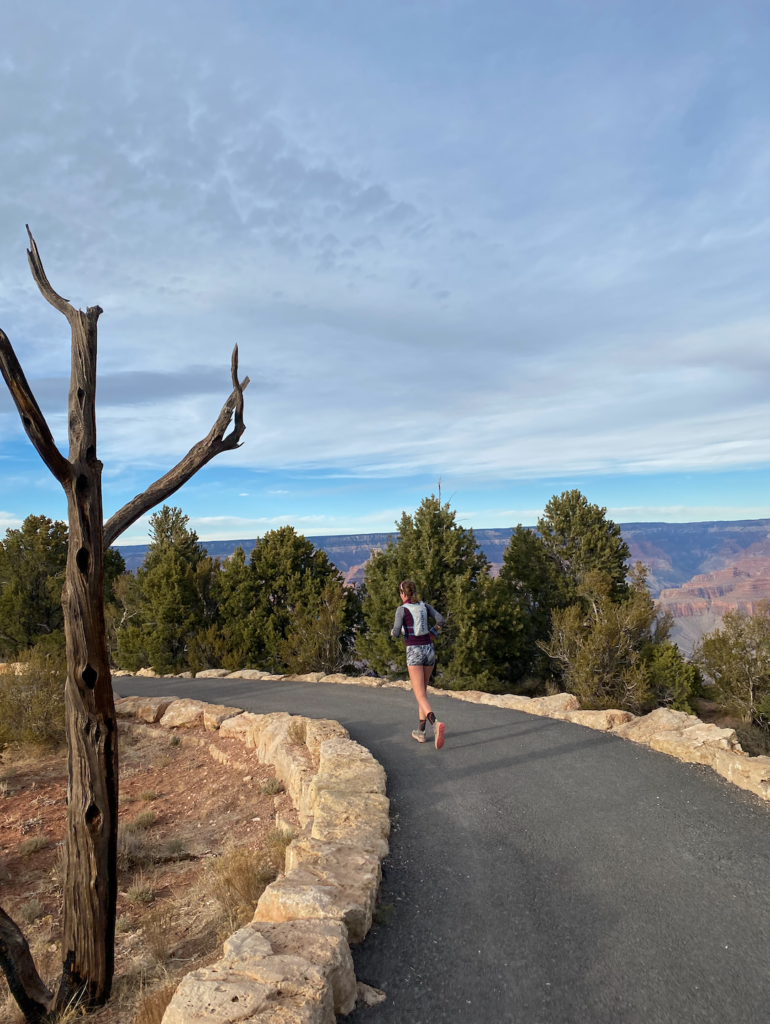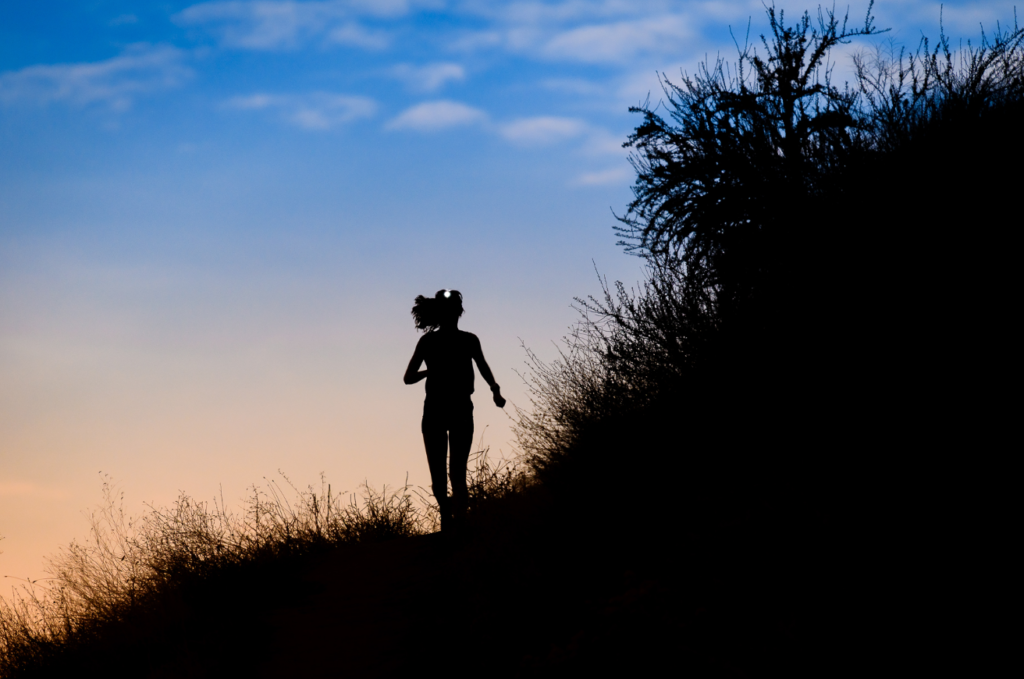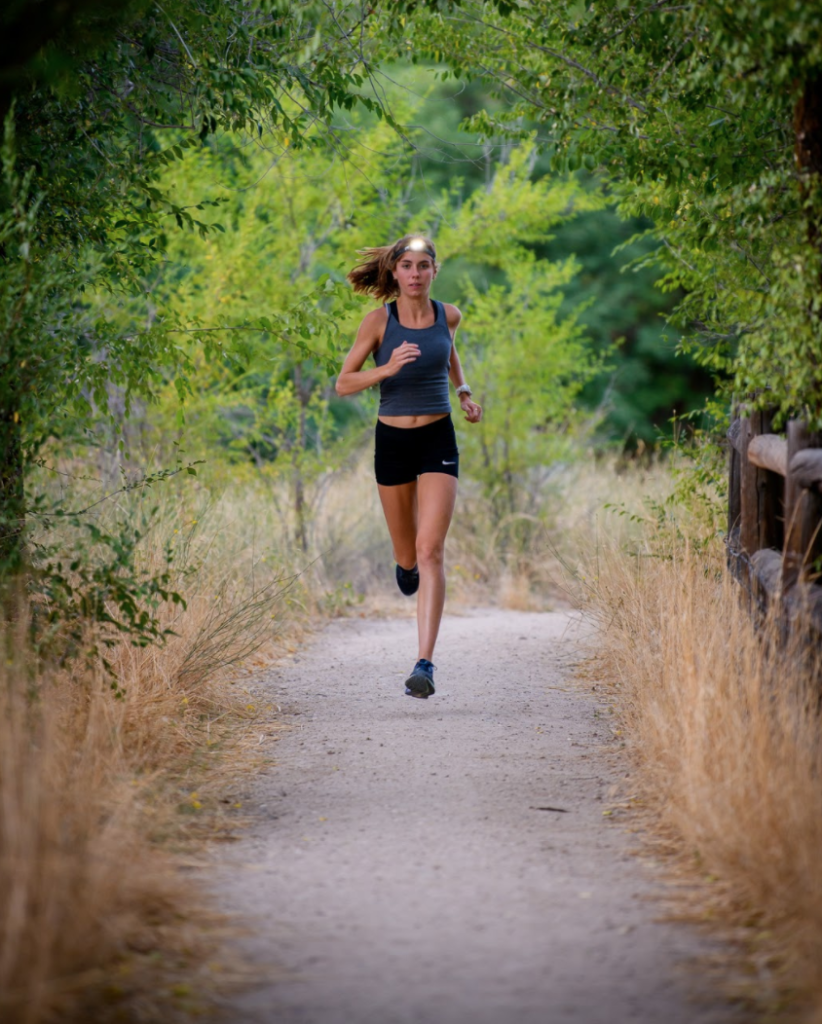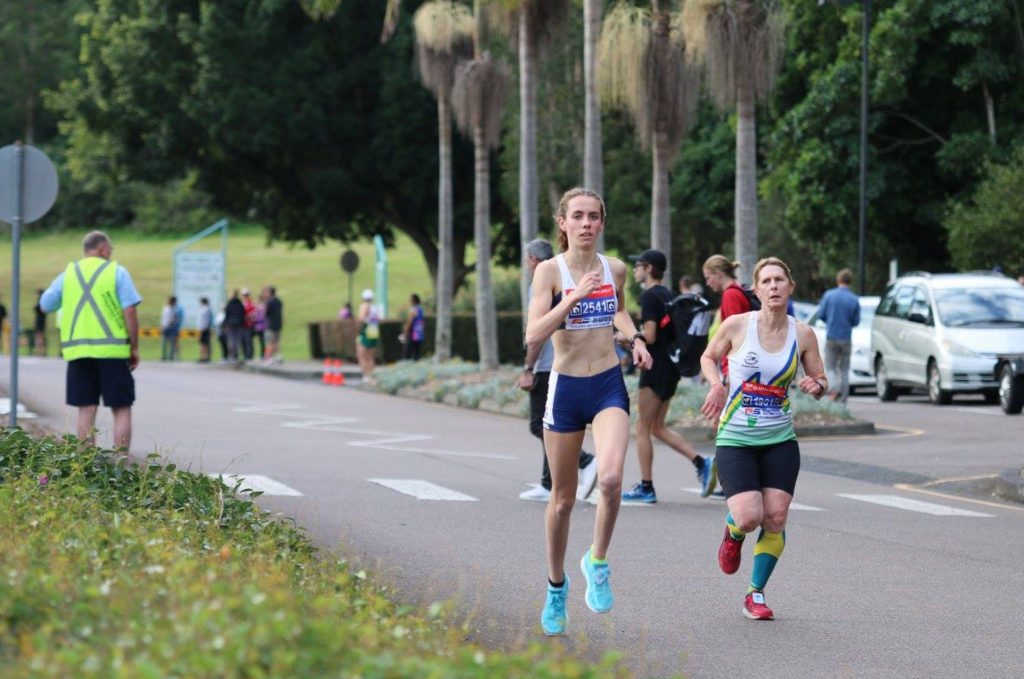How Running Changed My Life: My not so glamorous story
Photography by Pro-Image Photography
How Running Changed My Life: My not so glamorous story
It might sound overly dramatic when I say, ‘running changed my life’. The reason I say this is because we’ve all heard it before, a story about a person who struggled through various life adversities and found an outlet in sport or another profession that requires dedication, resilience, and many years of hard work. I’m no different from those people, however, I only truly figured out just how important this sport is to me at the beginning of 2021. It isn’t just something I do, it is a lifeline. This may be unhealthy, or what is often coined ‘an over-reliance because the question is always raised – what happens when you get injured? What happens if for ‘insert reason here’ you can’t run anymore?
Injury is a part of competitive, high-level sport. If I am going to push my body and test my limits, an injury may just be heralding that I’ve found a limit or pushed it a bit far this time. Next time, I’ll approach it differently, in a smarter manner, or address the weakness. Then try again. This is the beauty of sport. You’re either all in for the journey and can understand this, or you’re not willing to risk it. I have had multiple sprained and dislocated ankles from trail running, and a torn tendon from sudden, consistent high-mileage and not enough rest. I’ve learnt my lessons, and I still very likely have many more to learn. The trials and tribulations of being a distance runner!
“There is always darkness before dawn.”
Thanks Malia.
Running has always been a part of my life.
I have always run in some way for the most part of my 22 years. I’d mostly use it to train for other sports or dip my toes in junior and high school cross country for fun. I didn’t experience true competitive running until 17, in my final months of high school. I ‘accidentally’ won a race I entered on a whim, coming back from a week of high altitude nordic ski training. I wasn’t having the most success in nordic skiing, and running seemed to click with me better, and suit my busy life schedule in final exams. After all, you truly can run anywhere – there aren’t a lot of excuses.
This race win was a really big moment for me. Primarily because I didn’t feel like I always fit in throughout my entire schooling. I was sporty, but also very academically driven and was a part of all the school vocal and music-writing groups. I didn’t really have a ‘group’ and there were times I felt extremely ostracized because I wasn’t defined by something. I wasn’t heading out to parties every weekend. I achieved everything I wanted, but not without a fair share of tears, excessive hours of studying and training. Suddenly, after winning the Sydney Harbour 5km, I was known as a ‘runner’. People seemed to change the way they treated me. Almost with more respect. I don’t think this is a good thing, I think we shouldn’t categorize people and define them by what they do – but it got me through, and it definitely still has a lasting impact.
One very cold, rainy morning at 5:30 am, I turned up to a training session with a group in centennial park, Sydney. I might sound a bit strange, but I love training in crazy weather – I am used to it having a background as a nordic skier when we’d wait in the nordic shelter waiting to hear if our heat was going to still run in gale force winds and sideways snow. One time I raced a 5km skate race without poles, the wind was so strong. It was all good fun. I stuck with the consistent run training program my coaches prescribed and never looked back.
Running Saved My Life in multiple low points and in contextual depression.
Photography by Pro-Image Photography
Fast forward to 2017, and I’m in training for the Australian Cross Country Championships. I’d had a killer year with multiple wins and massive improvement – what is known as the upward training trend in a runner’s improvement before they hit a natural plateau. Unfortunately, a very close family member was diagnosed with cancer for the second time, and I knew I would have to step up my game to support the family in a way I never had before. Aged 18/19 I was not the most emotionally mature, so to comprehend the emotional rollercoaster I went into auto-pilot with my run training. I won the U20 Australian XC Championships because I was so determined, fuelled by very strong emotions and a sense of helplessness. My sick family member was able to come especially to watch this event and to come home with a title I doubted I would ever achieve meant the world to me. To this day, this is one of the most important and joyful days of my entire life.
I am so lucky that my family member has recovered, and I have learned the importance of life at a young age. It is short. It is so important to do everything you can to shape your life around what you value and surround yourself with people who make you a better you.
Long story short, running really saved me during this time, and I am extremely lucky that I was able to run consistently during this period.
2020/21
Photography by Pro-Image Photography
The past 1.5 years have been the toughest of my life – more specifically the last 10 months. The coronavirus situation in the U.S. was handled very differently from my home country, Australia. I made the choice early in 2020 not to return home to Australia. My family and I hoped that the situation would clear up for a visit home later, which we now know isn’t the case. Running on a collegiate cross country and track team, I found myself in multiple quarantines which I didn’t handle particularly well. I was lucky enough to never catch the virus and obtain a full dose of vaccination recently. In my first quarantine, whilst being tested continually I was allowed out once a day to run at odd hours in a mask. That was the only thing I could do – so of course, I ran myself silly.
In the second quarantine, we experienced a team shut down. This meant no more practices for the rest of the year and a lack of familiar training structure that we’d become so accustomed to. I found myself sinking into quite a low place, feeling like I’d only just got out of the first quarantine. Radiating pain in my adductor longus started to appear due to overuse combined with poor biomechanics due to lack of strength and conditioning work to supplement my mileage over these quarantines. The inability to run pain-free and a team shut down weighed on me. With an abundance of time alone with my thoughts, I think I began to feel slightly homesick and get really stuck in my thoughts. At one point I needed some medication to help me out of this hole alongside some serious meditation and mindfulness work. During this time I turned to books, I learned new songs on my guitar, I went on walks and collected various rocks/crystals, and learned about how they are formed in the different ecosystems of Idaho. Looking back, it is important to know what you enjoy outside of sport and keep fostering these alongside it.
Early this year I had to take a break from collegiate running as I couldn’t handle high-pressure situations or more quarantines. I was also in a situation that involved a serious breach of trust, and in a minor car accident which sent me plummeting further into the ‘weeds’ (an analogy). I honestly hit a very low spot, and am still working my way out of this. I am frustrated at myself for not being able to bounce back from this quicker. I am working on acknowledging the headspace I am in, and justifying that these new feelings I am experiencing are normal given the situation. The biggest part of all of this is not feeling like I was a part of something, being away from family and away from my team-mates felt extremely lonely. After all, I moved to the U.S. to run collegiately. At one point, the team and the lifestyle of the team were all I knew in this country.
The Choice Point.
Photography by Pro-Image Photography
Over the last 2 months, I have made a very large effort to get myself back on track. I gave myself an all-or-nothing attitude. I made a choice. My mentor calls it, ‘The Choice Point.’ It is to ‘act in a manner that is either consistent or inconsistent with your values.’ Essentially, if we let ourselves think consistently in a negative manner on auto-pilot, we don’t make any changes. I like to trouble-shoot this by allowing myself to feel the feelings for a minute or so, and then choose to act in a way that is beneficial to me. Sometimes we won’t be able to do this and instead fall back into old habits. That is ok – practice grace for yourself in these moments. It takes practice and consistent work. As does every skill. The simplest way to remember is when you have a choice about a feeling or action, stop and evaluate, then act in a way consistent with your goals and values.
Some food for thought – we also create our reality through the thoughts, feelings, words, visuals, images, and conversations we experience day in and day out. Watch that the narrative you are creating in the present and moving forward doesn’t follow a consistently negative storyline. We are in charge. The past is the past, it happened, it will resolve naturally. We can only impact the now because only the now exists. It might sound airy-fairy, I know, but it’s the stone-cold truth.
Running Social Media is not reality
This is so important to remember. Everything you see on social media is the carefully selected, best parts of someone’s life. This includes my Instagram, Facebook and Strava. It is just running and sports, and the best parts selected. Why would I post the bad days, or write about the bad times? No one really wants to see that or hear about it. Social media is meant to be a quick fix. But maybe we should normalize this? I wonder what change or response it would create across these platforms if people were a little more genuine about what they post and how they post.
Essentially, it is what they want you to see. In the case of sponsored athletes and professionals of certain disciplines, it is often what is required or expected by the receiving audience. Don’t get sucked in, or as I am trying to very lamely coin, ‘Don’t get stuck in the suck.’ It’s an addiction – looking at what others are doing, what equipment they have, the scenery they get to run in, their stats. The negative side can be a game of comparison or ‘I’m not good enough’. The positive side can be a place of camaraderie, knowledge sharing, connecting with friends and family, and having a laugh.
Running is my fallback when the going gets tough
When push comes to shove, running is my fallback. I won’t lie about this. I simply am a better person if I get out the door each day to run. Whether or not this is considered ‘healthy, I don’t really care. I make it through my injuries perfectly fine and with a greater knowledge of the human body and how to take care of my own even better. I can’t even shoot out some decent anatomy terms now! Not the coolest party trick, but I will take what I can get! I also love to work hard so when rest time happens, I can really kickback.
Remember,
“It’s not what you think you can do that holds you back, it’s what you think you can’t.”
Thank you again, Malia.
(Malia, my team-mate was sitting opposite me the entire time I wrote this article, firing these inspirational quotes at me as I harassed her with questions about how to write and structure this article. Much love.)

